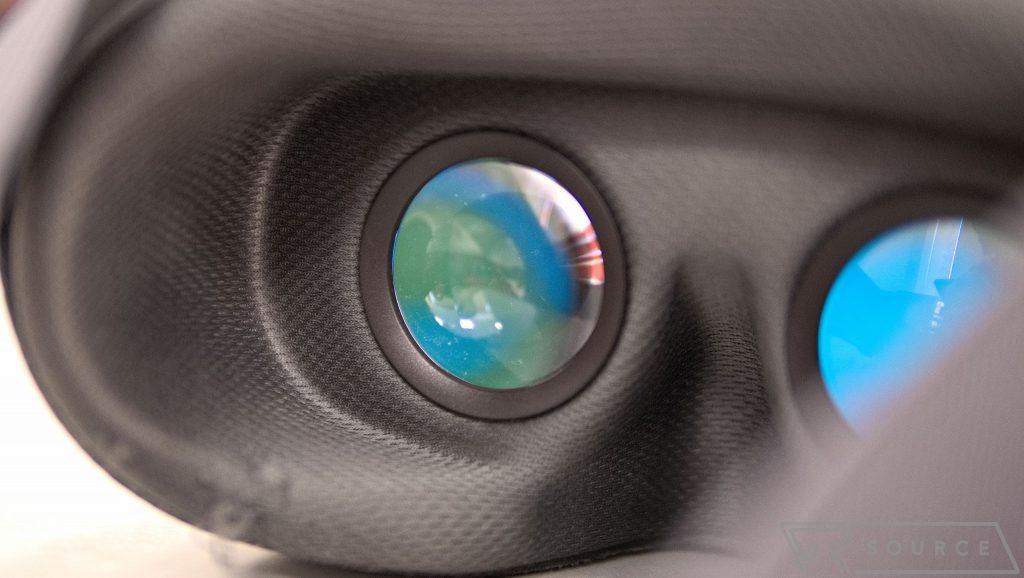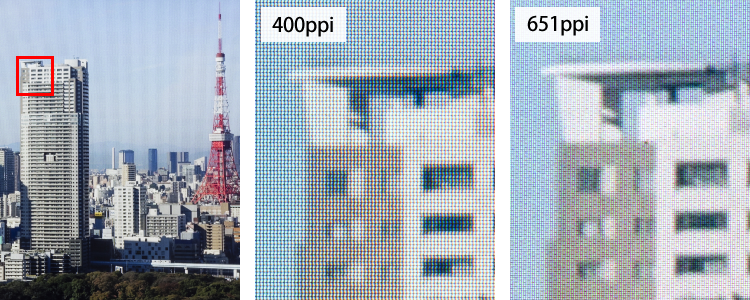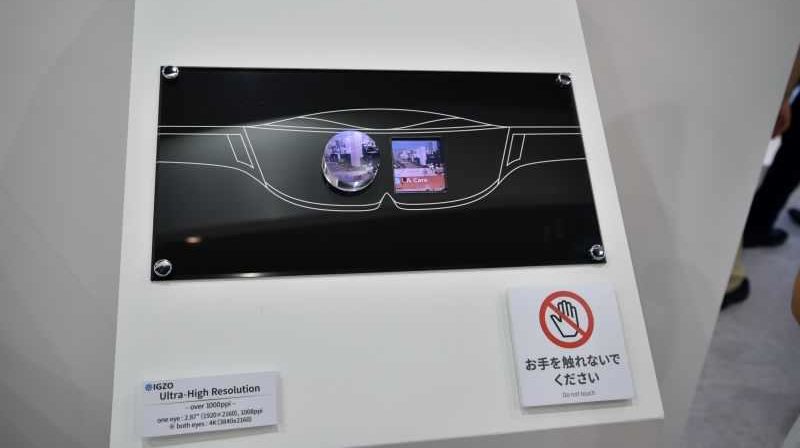Affiliate links on Android Authority may earn us a commission. Learn more.
Japan Display unveils dense 651ppi display for VR headsets
Published onNovember 25, 2016

This post was originally published on VRSource.
Japan Display (JDI) has just unveiled its latest LTPS TFT LCD technology specifically designed for virtual reality and head mounted displays. Its new panel aims to solve pixel density and refresh rate problems associated with some VR displays. The 3.42-inch panels boasts a 1440×1700 resolution that results in a rather impressive pixel density of 651 pixels-per-inch, which should help to remove that pesky “screen door” effect that can be noticed with lower density panels.
Currently, the panels used in the biggest commercial VR headsets are stuck below 500 PPI. The HTCVive, Oculus Rift, and Playstation VR offer pixel densities of 447, 461, and 386 PPI respectively. Samsung’s Gear VR headset paired up with a QHD smartphone panel offers a clearer picture with 557 pixels per inch, but JDI’s latest display still goes one better. Although it’s not as good as the 1008 PPI prototype recently shown off by Sharp.
The image below show an example of the “screen door effect”, which manifests as a distracting grid of visible pixels.

The other half of a good VR display is a high refresh rate, and JDI’s 3.46-inch VR panel matches the 90Hz rate found in today’s commercial VR headsets. High refresh rates are important to help reduce motion blur and prevent the wearer from feeling motion sickness.
Eagle eyed viewers will have spotted that this is an LCD panel rather than an OLED type seen in today’s VR headsets, and yet the display looks to be competitive with OLED in terms of important black-to-white latency too. The recently unveiled Google Daydream specification states that display Black-to-White latency must be less than 3ms, and this panel offers a typical 3ms response, falling to 6ms worst case, which just falls a little short of ideal. This was achieved using a strobing backlight technology, which helps to greatly reduce motion blur on LCD panels.

Japan Display also has plans for a 800 PPI version of this panel in the future, which should make for a much more crisp viewing experience, providing there’s the GPU power available to push all those pixels. This 3.42-inch display has started sample delivery, but we’ll have to wait and see if anyone picks it up for their next VR headset.